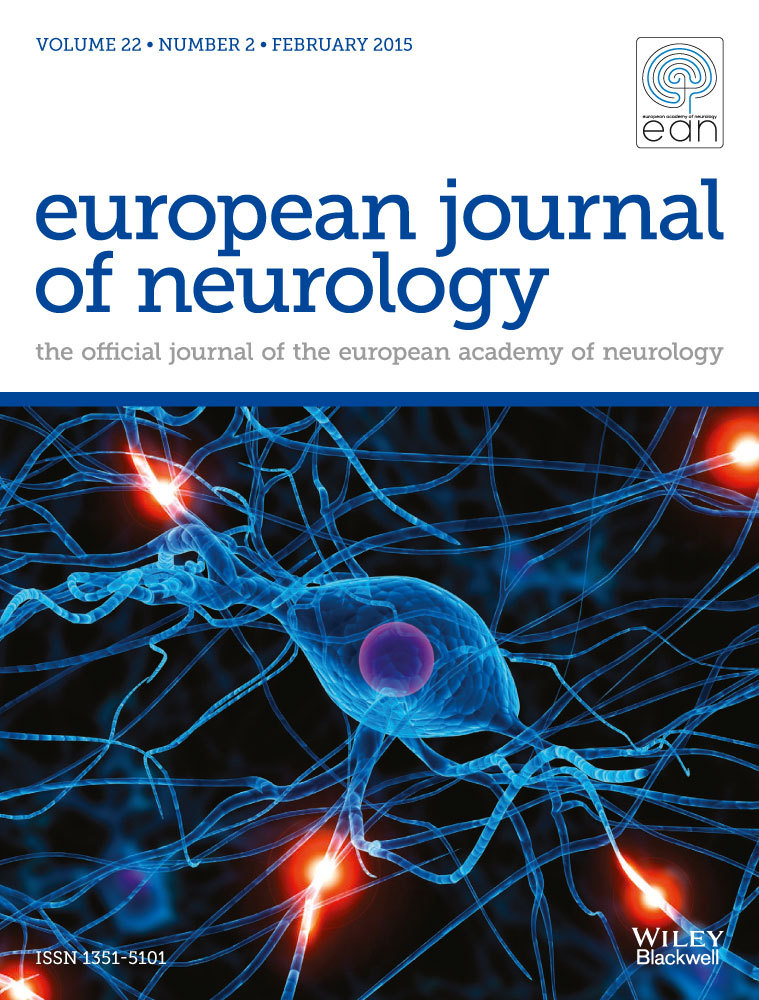Evaluation of the recombinant tissue plasminogen activator pretreatment in acute stroke patients with large vessel occlusions treated with the direct bridging approach. Is it worth the effort?
Abstract
Background and purpose
The direct bridging concept in acute stroke treatment combines intravenous thrombolysis (IVT) and endovascular treatment (EVT). The frequency and extent of reperfusion obtained already due to IVT were evaluated. Additionally undesired events and the clinical outcome were analysed.
Methods
Fifty-seven acute stroke patients treated with direct bridging were analysed for this study. The response to IVT was evaluated according to the modified Thrombolysis in Cerebral Infarction scale (m-TICI). IVT responders (m-TICI ≥2B in digital subtraction angiography) were compared with IVT non-responders (m-TICI <2B in digital subtraction angiography) with respect to clinical outcome and occurrence of undesired events.
Results
Fourteen patients (25%) got a change from TICI 0 to ≥2B due to IVT alone. There were otherwise no differences between the IVT responders and IVT non-responders.
Conclusions
Intravenous thrombolysis pretreatment in the context of the bridging approach contributes substantially to revascularization.




